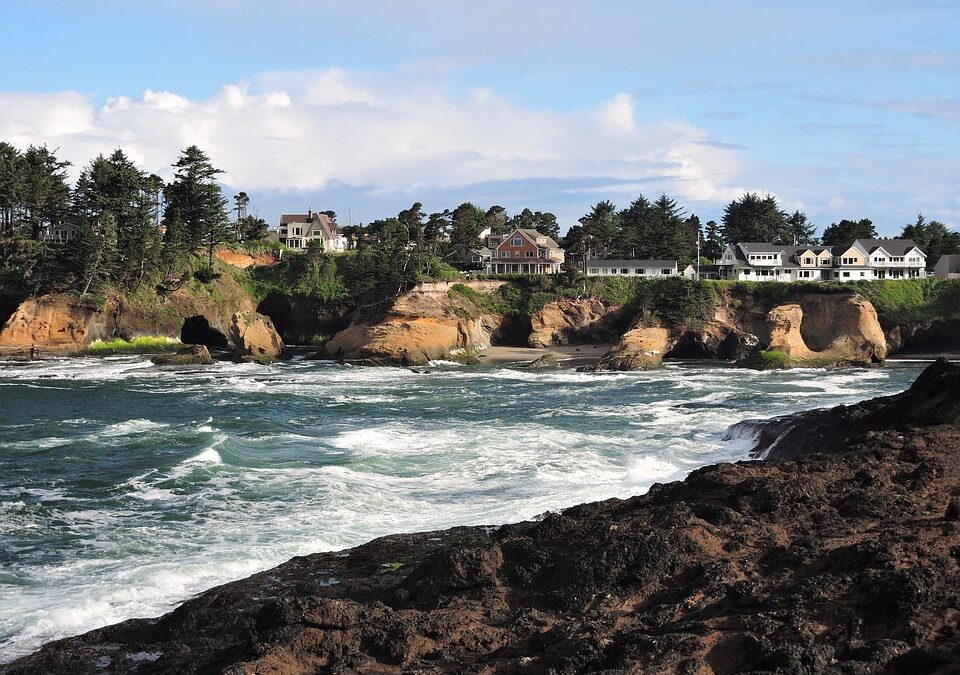
Depoe Bay Dungeness Crab Fishing: Your Ultimate Guide!
Depoe Bay Dungeness Crab Fishing: Your Ultimate Guide!
Oregon is known as one of the best states to head to when it comes to crabbing. With their abundance of juicy Dungeness crabs around, you can see why some many locals and travelers head to different areas of the state to bring home a crab or two.
One particular area people travel to is Depoe Bay, which is popular for its Dungeness crab fishing opportunities. There are even fishing charters and guides that can help you go crabbing if you’re totally new to the activity.
That said, how can you go crab fishing when in Depoe Bay? Read on to learn more about Depoe Bay Dungeness Crab Fishing!

Depoe Bay Dungeness Crab Fishing
Depoe Bay is known as the world’s smallest bay, attracting thousands of visitors yearly. It’s an ideal area to visit because it’s merely minutes away from productive fishing opportunities for various fish species. While you may find more Rock crabs, Dungeness crabs are also around, ready to be caught.
Make sure that you are fully acquainted with the rules and limitations when crabbing in Depoe Bay. There is a 24-crab limit for rock crabs regardless of the crab’s sex or size. As for Dungeness crab, the daily limit is 12 male crabs that are over 5 ¾ inches across their backs.
The Best Time to Go Crab Fishing
Fortunately, crab season is all year long when in Depoe Bay, though it’s best to go crab fishing in September when crabs are more ‘filled out’ with a higher percentage of high-quality meat.
Crabbing and fishing from port docks are allowed from 1.5 hours before sunrise up to 1.5 hours after sunset. All crabbing equipment will need to be out of the docks outside these hours.
While you can go crabbing any time of the day, certain times are better than others. It is best to go crab fishing during the ‘slack tide’, which are times of either peak high or low tide.
When swift tidal exchanges occur, crabs would bury themselves. But during slack tide, crabs are usually foraging around, as they will be less affected by the tidal currents.
One of the favorite times to harvest crab is usually the 1-hour time slot on every side of high tides. During these times, the tides are moving very slow, so the crabs are allowed to walk around and forage without having to fight currents. That said, you can still trap crab at any time.
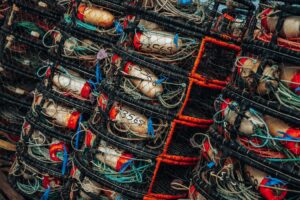
Different Gear Available
What gear can you use when it comes to Depoe Bay Dungeness crab fishing? You will need the following:
- Your shellfish license
- Pots or rings (make sure that you check all of your pots and rings for any kinks and knots before using them)
- Crab measuring device
- A cooler to keep the crabs
- Gloves for protection
- Sunscreen
- Extra clothes and closed-toe shoes
You can either bring your own equipment or rent among any of these three crab traps:
Danielson Crab Traps
Danielson Crab Traps is known as the soaker type of trap. This means you’ll have to pull your trap only after it’s soaked for over an hour. This trap works by luring the crab with a bait bag into the cage through the openings, so when it enters, it can’t escape.
You can use these to catch Dungeness crabs from sandy bay bottoms that have ell grass. They are also found in rocky and sandy bottoms.
Crab Ring Traps
This trap is pretty straightforward. You just need to bait crabs into this ring trap, then pull it up when you feel crabs inside it.
The simplest type of crab ring trap is the two-ring crab net. You just need to pull this trap up as quickly as you can once the outer ring forms a wall. That way, the crab won’t escape.
Depending on the day’s crab activity, you’ll need to ring up this trap every 5-10 minutes.
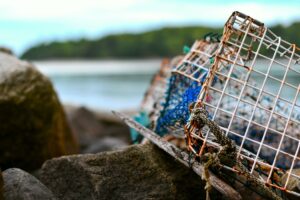
Crab Trappers
Crab trappers have two metal netted sides that are 24 inches long. When it lays flat, it would have a slightly circular shape. This is the only crap trap you can use to catch crabs from a beach, shore, dock, pier, or boat.
Baits
Besides the different traps to use, you will also need bait! Fresh or slightly rotten meat works well, as crabs have strong senses of smell. You can use the following:
- Chicken
- Fish carcass
- Clams
- Shad
- Turkey
- And a lot more!
Pungent food piques their interests, so secure these baits in a bait holder. Make sure to secure your bait well in your line or trap, then you’re ready to throw the trap in and wait!
Hiring a Fishing Guide
If you are interested in crab fishing, you might want to consider hiring a fishing charter! They will be able to provide everything you need so you can focus on catching crab, from the professional crew to the boat and equipment.
Fishing charters are equipped with the crabbing gear you need to get started. And if you’re a first-timer, guides will be there to teach you how to use the gear, as well as the crabbing techniques to use to get as many Dungeness crabs as possible.
Wrapping It Up
There are so many areas to go crabbing in when in Oregon, with Depoe Bay being one of them. With the right techniques and crabbing strategies, you’ll be able to catch a few of these tasty crabs to bring home and eat. Just make sure that you stock up on a lot of butter and ready your favorite recipes.
Hopefully, you learned a ton about Depoe Bay Dungeness crab fishing! If you plan to go crabbing around Oregon, you may want to consider getting a fishing charter to handle the trip and gear for you. Contact us to learn more about our packages and rates now!
Schedule your Oregon Fishing Charter Today!
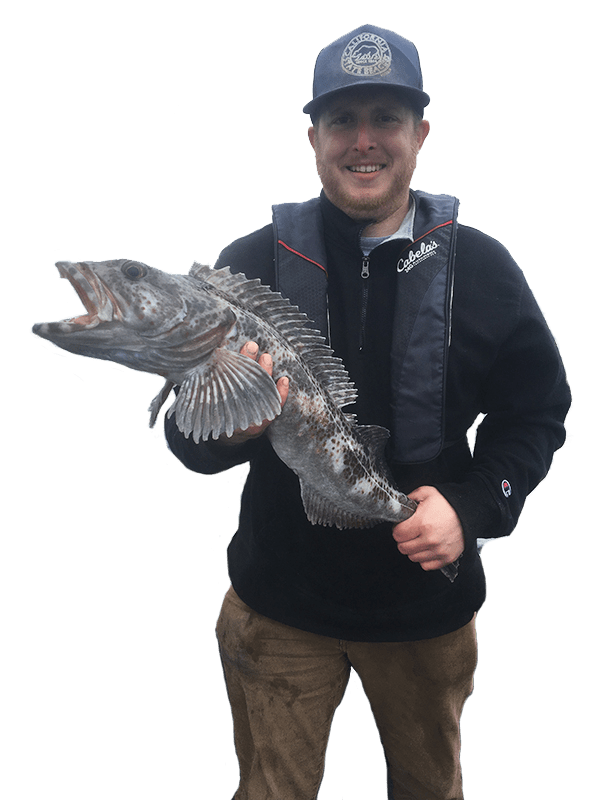

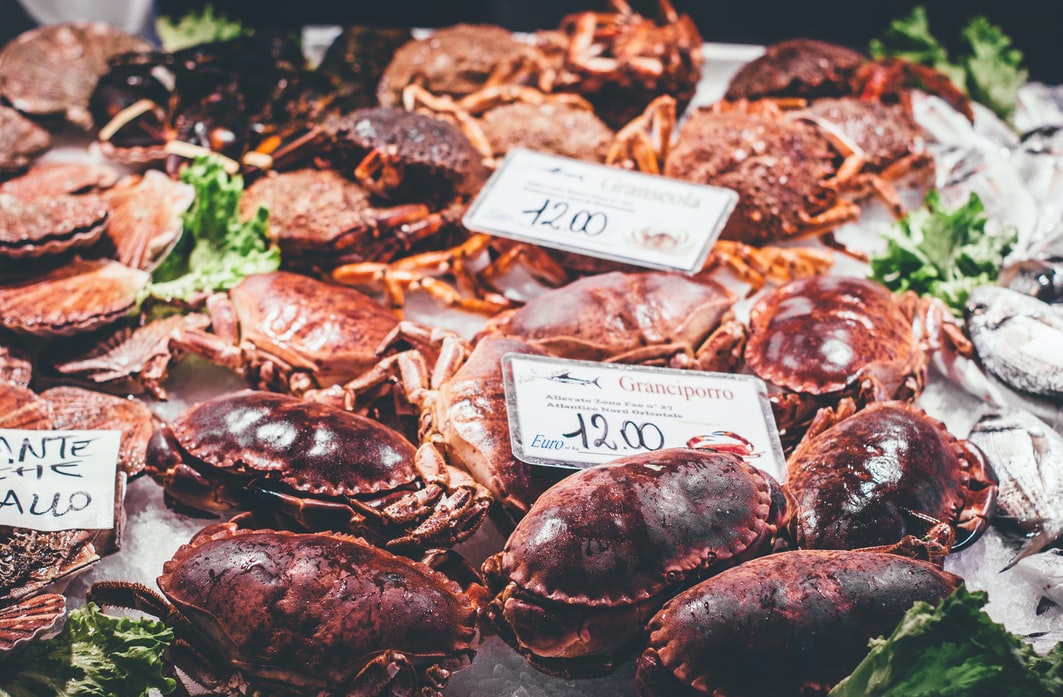
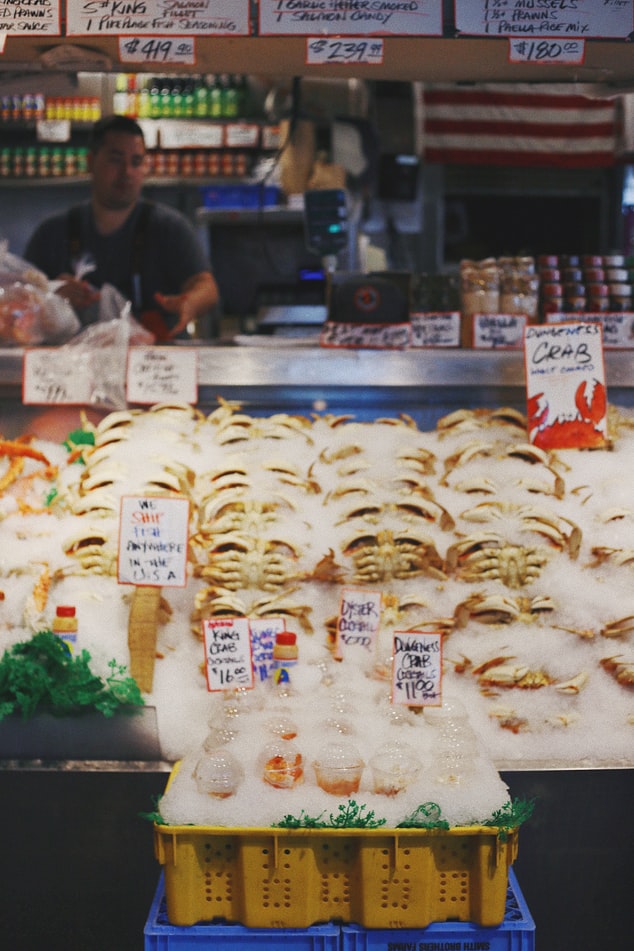
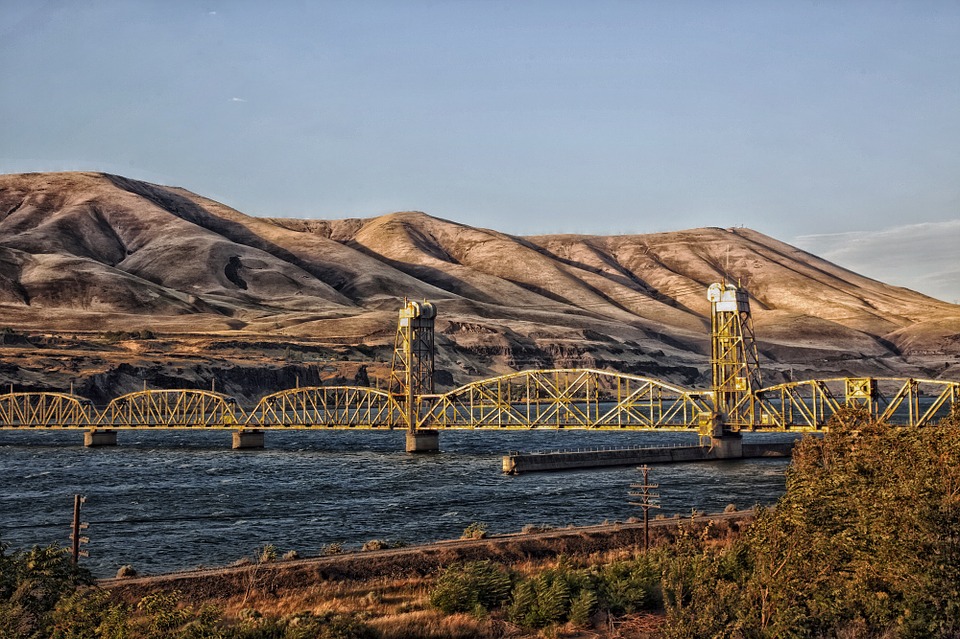
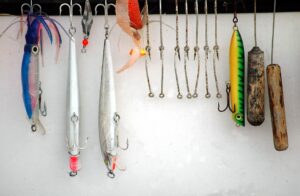
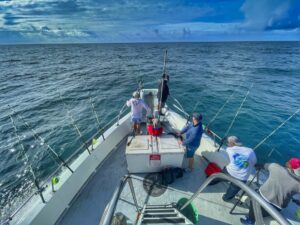
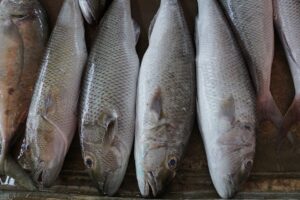
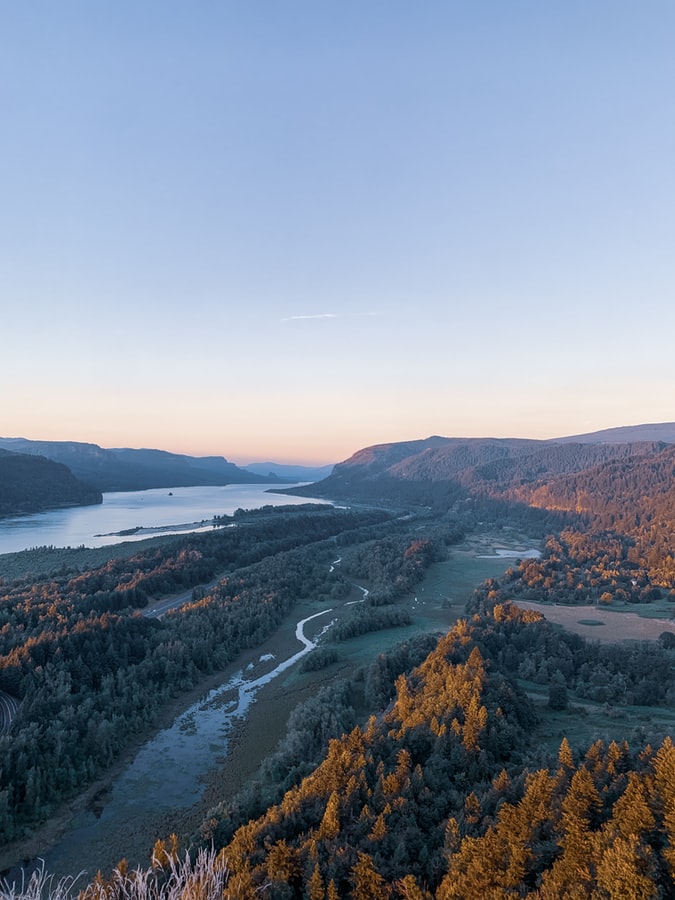
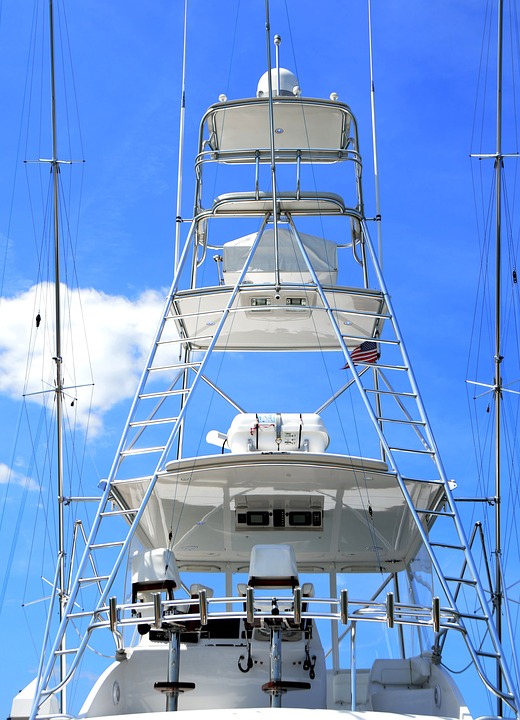
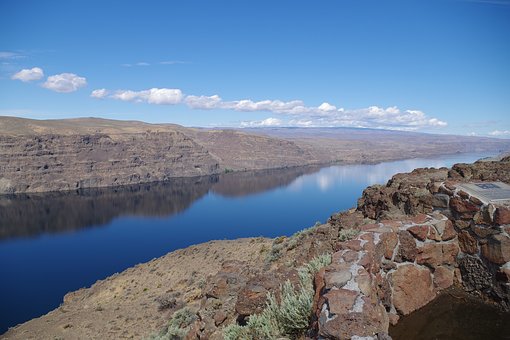
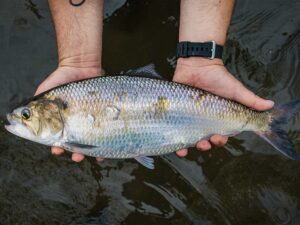
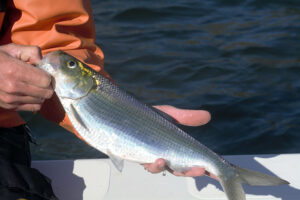
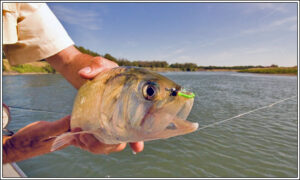
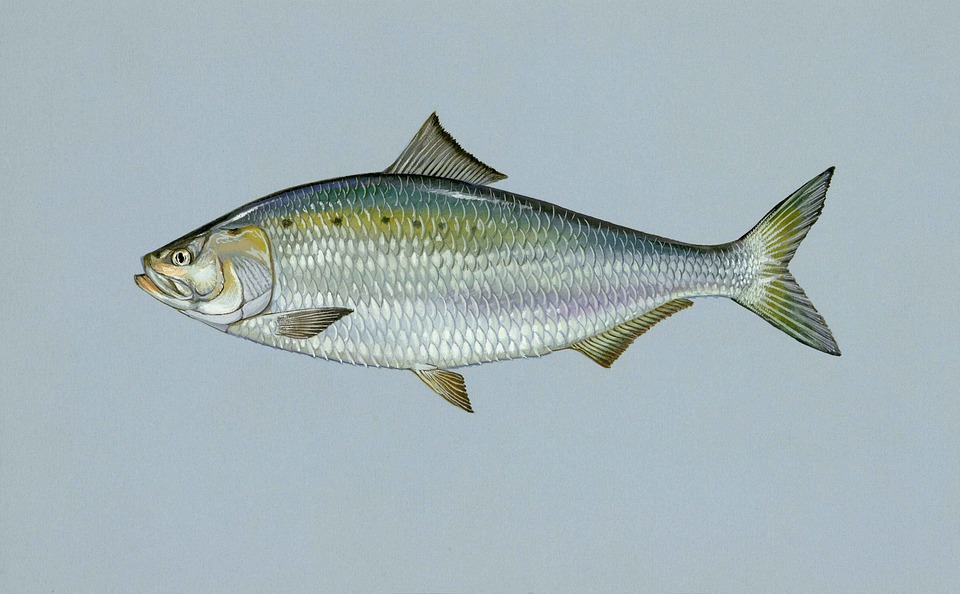
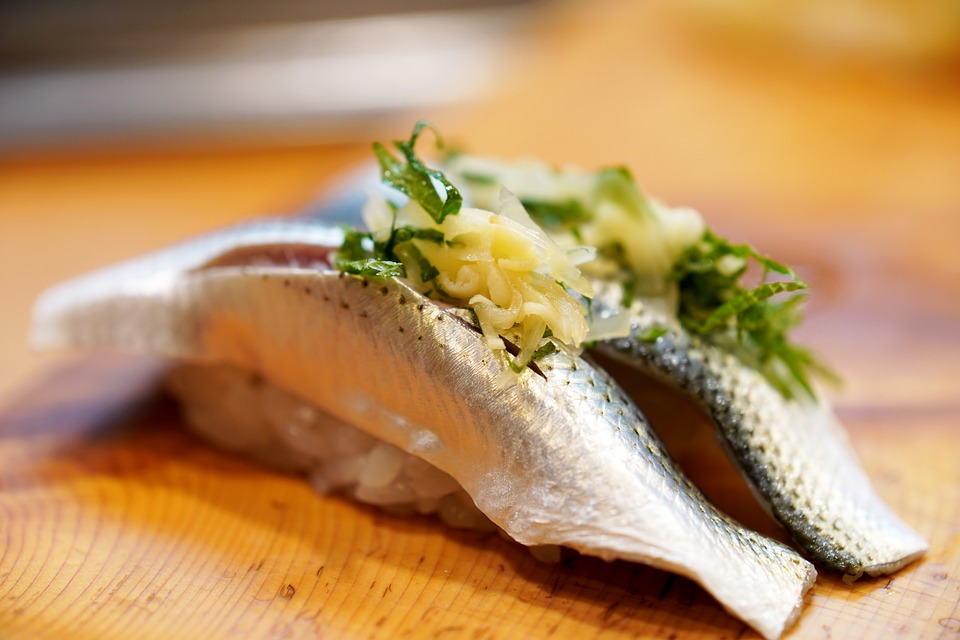
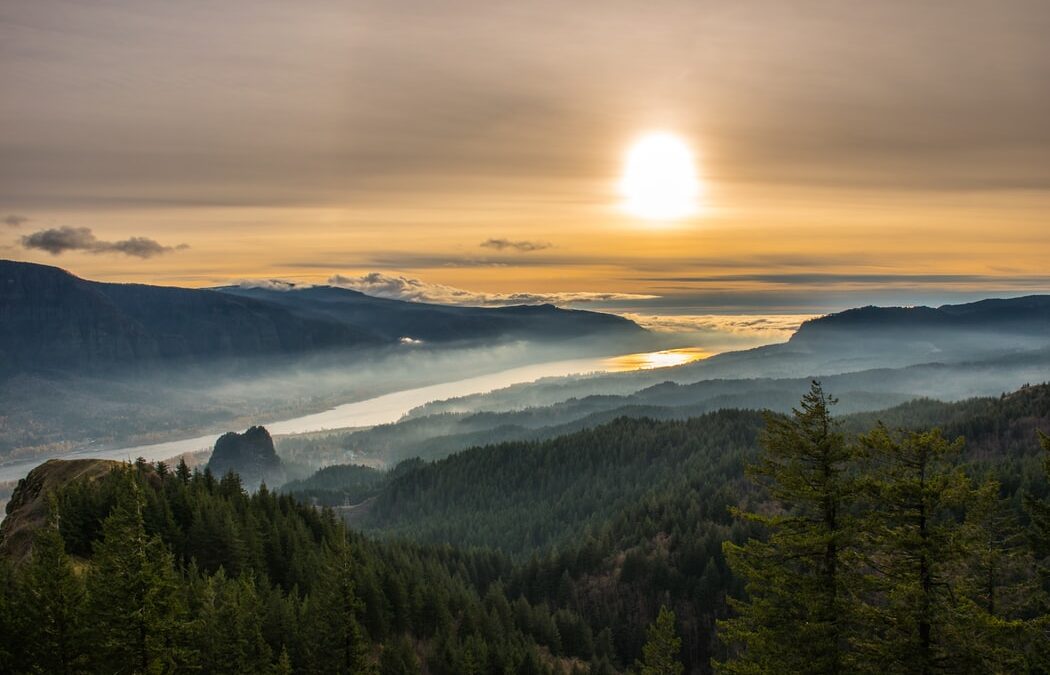
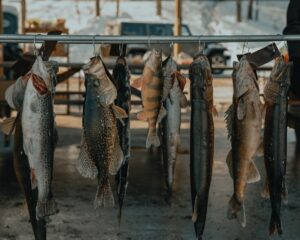

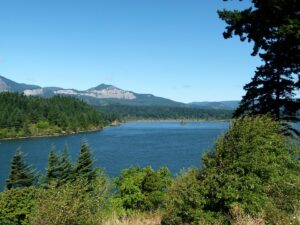

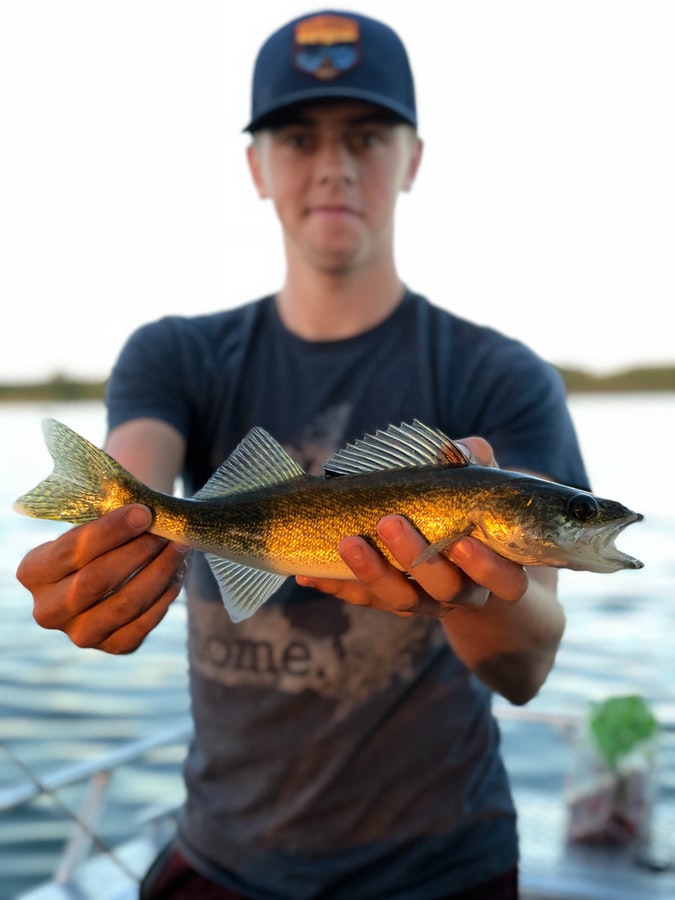
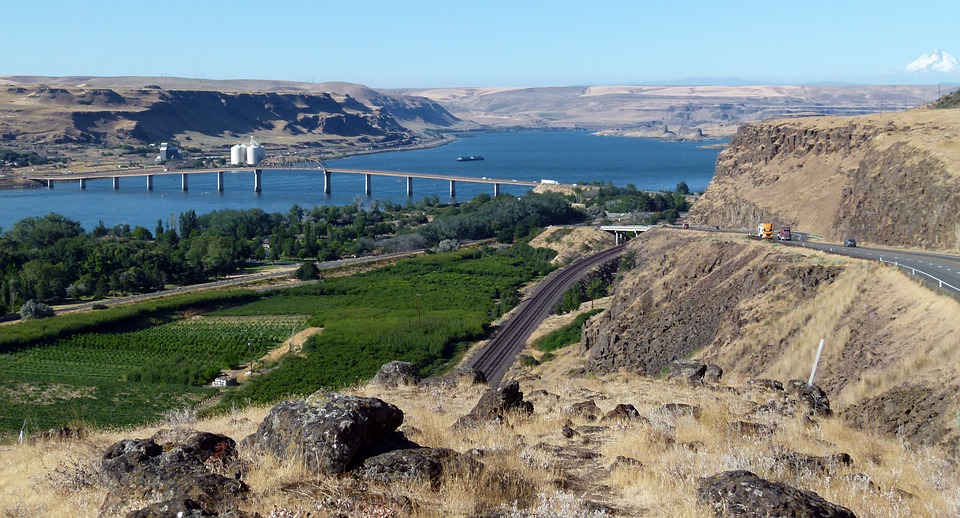

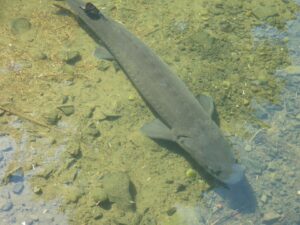
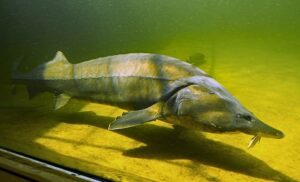
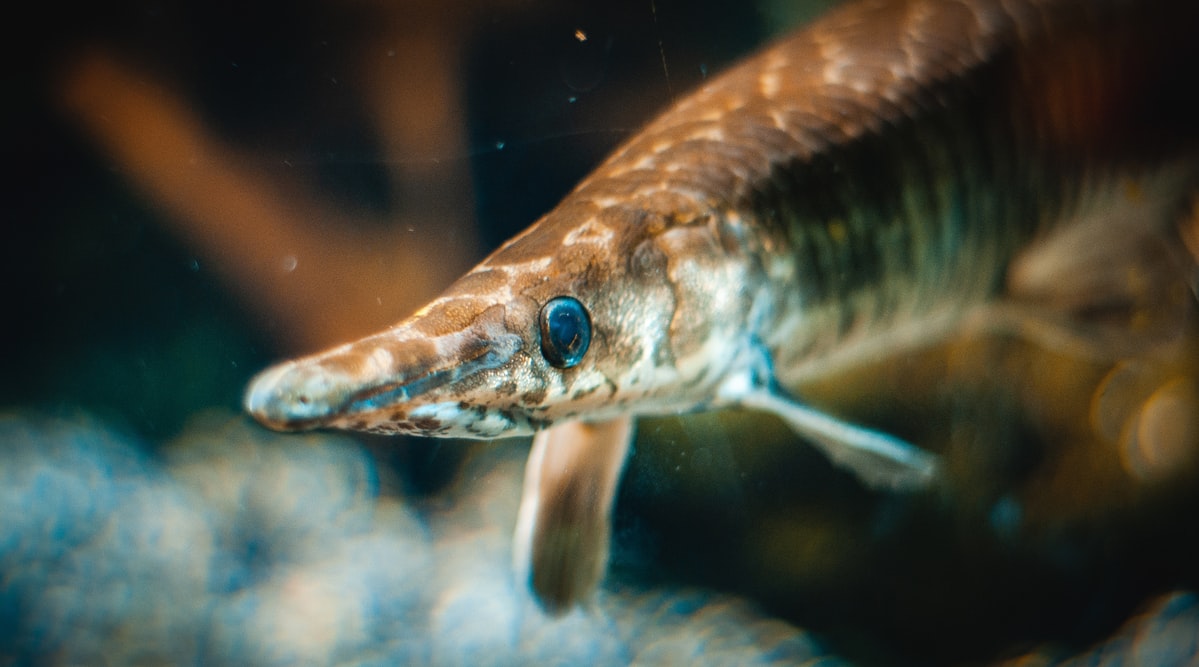
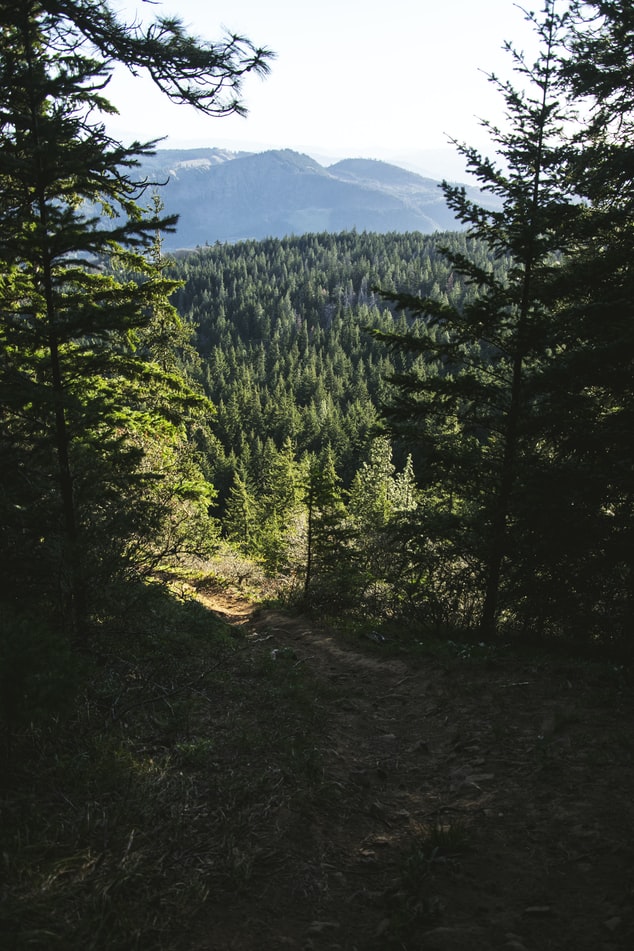
Recent Comments